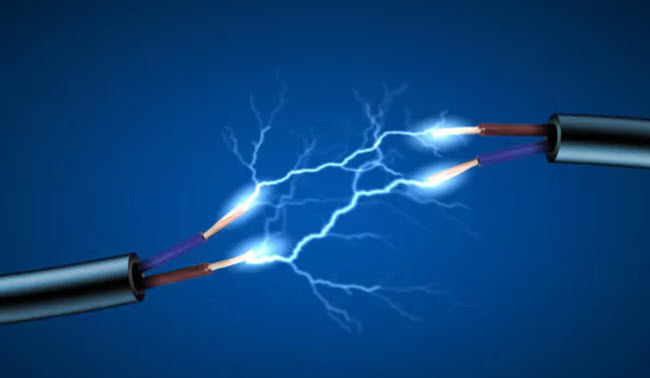Electricity is an indispensable form of energy that surrounds us everywhere. It illuminates our homes and streets at night, powers our electronic devices like mobile phones, computers, and televisions, and fuels the functioning of modern society. Whether in production or service industries, it is nearly impossible to achieve anything without relying on this energy, which is generated in power plants and distributed through complex networks to homes, buildings, and factories. Even if one decides to escape from it, electricity is still present in nature, manifesting as lightning during thunderstorms or in the nerve synapses inside our bodies. It is safe to say that electricity is vital to our way of life, and without it, modern civilization as we know it would struggle to survive. If ancient civilizations flourished thanks to rivers and agriculture, today’s societies thrive because of electricity.
The History of Electricity
Long before people understood electricity, they were aware of electric shocks from creatures like electric fish. Ancient Egyptian texts from 2750 BCE described these fish as the “Thunder of the Nile,” protectors of all other fish. Greek, Roman, and Arab scholars also documented these electric fish and used them in treatments for ailments such as gout and headaches. Early civilizations around the Mediterranean discovered that materials like amber, when rubbed with animal fur, could attract lightweight objects like feathers. For centuries, electricity remained a curious phenomenon until the English scientist William Gilbert conducted detailed studies in the year 1600. Benjamin Franklin further expanded the understanding of electricity in the 18th century, conducting a famous experiment in 1752 where he flew a kite during a storm to demonstrate that lightning was indeed electrical in nature.
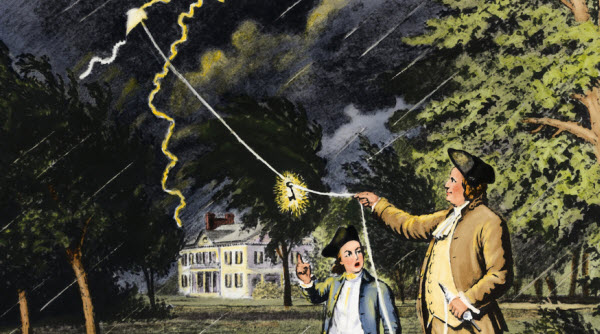
By 1775, Hugh Williamson reported experiments with electric eels to the Royal Society, and in 1791, Luigi Galvani discovered bioelectricity, explaining that electricity is what nerves use to communicate with muscles. Alessandro Volta’s invention of the battery in 1800 gave scientists a more reliable source of electric power, enabling further study. Terms such as electromagnetism began to emerge in the early 19th century, thanks to scientists like Hans Christian Ørsted and André-Marie Ampère. Michael Faraday invented the electric motor in 1821, and in the following years, great strides were made in electrical science, culminating in James Clerk Maxwell’s unification of electricity, magnetism, and light in the 1860s.
The late 19th century saw the transformation of electricity from scientific curiosity to a central pillar of modern life, driven by figures like Alexander Graham Bell, Thomas Edison, and Nikola Tesla. Albert Einstein’s 1905 paper on the photoelectric effect further revolutionized the field, contributing to the rise of quantum theory and earning him the 1921 Nobel Prize in Physics. Today, the photoelectric effect plays a key role in technologies such as solar panels.
How Electricity is Generated and Transmitted
In its simplest form, electricity is the flow of electric charge. Understanding electricity starts with the atom, the building block of matter. Atoms consist of a nucleus made of protons and neutrons, with electrons orbiting around them. When an external force dislodges an electron from an atom’s outer orbit, it becomes a free electron, carrying a negative charge. This is the foundation of how electricity works: moving charged particles (electrons) create electric current.
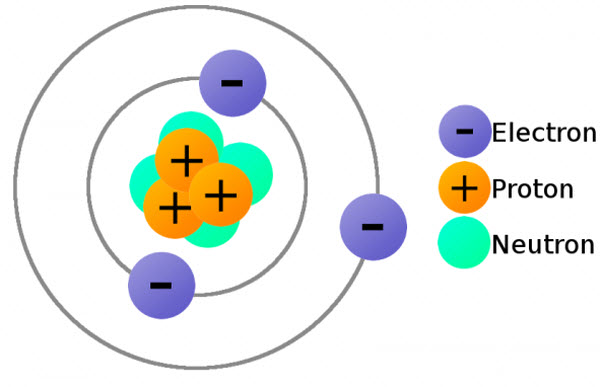
Some materials are better than others at allowing electrons to move freely. These are known as conductors, and they include metals like copper and gold, which are used to make electrical wires. Insulators, on the other hand, such as rubber and glass, resist the flow of electricity and are used to prevent unwanted electric currents.
Static vs. Dynamic Electricity
Electricity can exist in two states: static or dynamic. Static electricity occurs when there is a buildup of opposing charges in objects separated by an insulator. This imbalance eventually leads to a discharge, which can result in a shock, as with lightning. Lightning occurs when an electrically charged cloud seeks to neutralize its charge by connecting to another cloud or the ground.
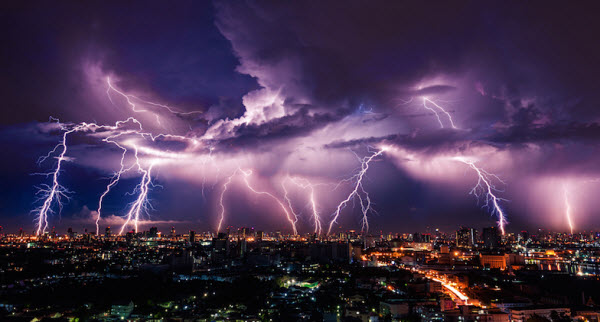
On the other hand, dynamic electricity, or current, flows continuously through a conductor. This type of electricity powers our homes and devices. For current to flow, a complete circuit is required, with no gaps or breaks that could stop the flow of electrons.
Electric Fields and Energy
Electric fields, a concept introduced by Michael Faraday, describe how forces between charges operate in space. Much like Earth’s gravitational field pulls objects toward its center, an electric field exerts a force on charged particles. This field provides the push needed to drive the flow of electrons, enabling the generation of electric current.
When we use electricity to power devices, we are converting stored energy into other forms, such as heat, light, or motion. This stored energy is known as electric potential energy, and it is converted to kinetic energy as the charges move through a circuit.
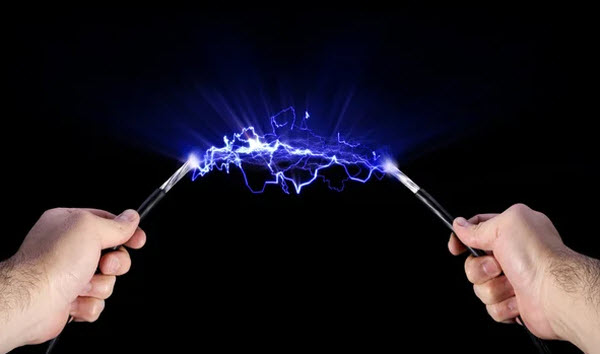
Voltage: The Driving Force of Electricity
Voltage is the difference in electric potential between two points in an electric field. It represents the force that drives electrons to move and is measured in volts. A higher voltage means greater potential for electric energy to be converted into other forms, such as light in a bulb or heat in a stove.
The Electric Circuit
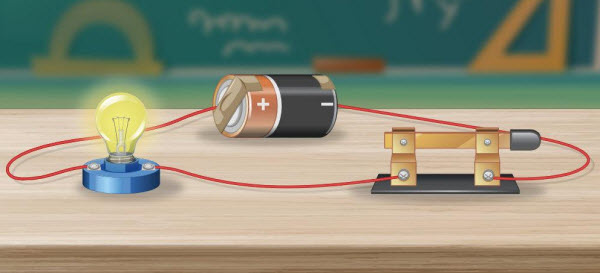
An electric circuit is a closed loop of conductive material through which electric current flows. It can contain various components like resistors, capacitors, and switches that control the flow of electricity. The most basic circuits consist of a power source, such as a battery, connected by wires to an electrical device. Resistors limit the flow of electricity, dissipating energy as heat, while capacitors store energy temporarily.
In conclusion, electricity is a fundamental force in our lives. It powers modern technology and infrastructure, from lighting to communication to industry. As we continue to innovate and explore new ways to generate and use electricity, it remains a cornerstone of human progress.
